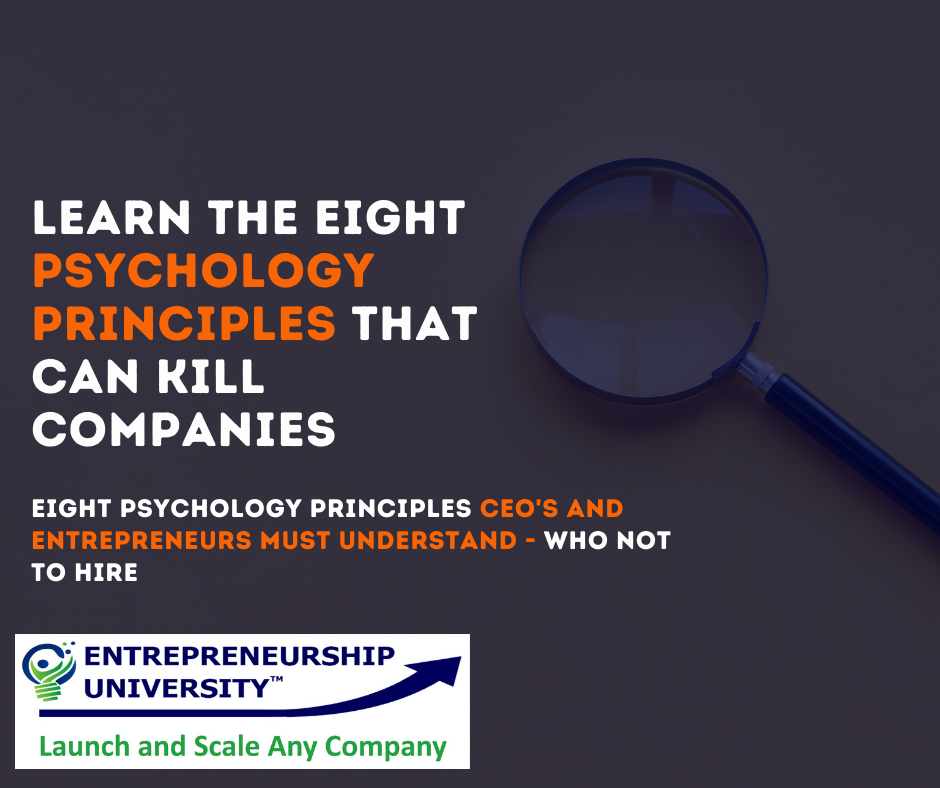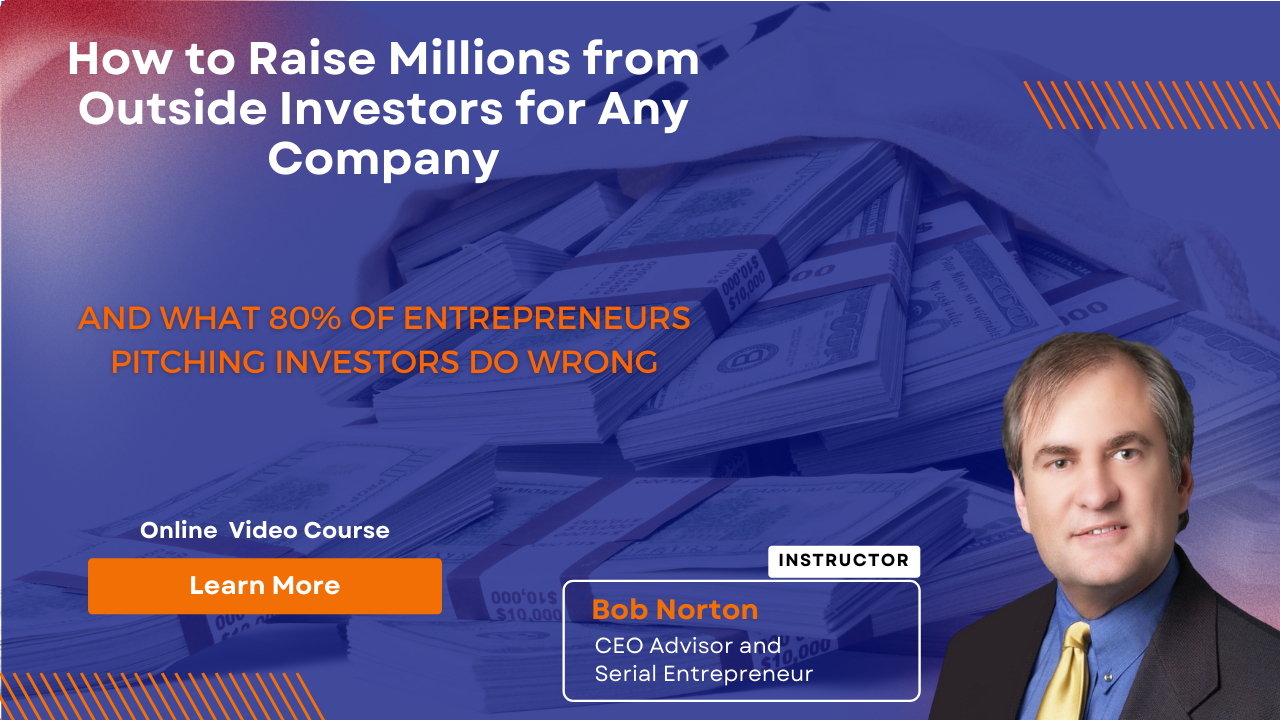How Do You Compete with a Company Doing the Same Thing as You?

The short answer is you never should. You should slightly adjust your business model or target market to be differentiated. Read this article to learn how.
A startup should never really have a direct competitor. Its target market, where it can do something that others cannot, must be unique at the start to establish a beachhead in a niche. You need to target another niche market (often an intersection and application and industry sector) where you have a Sustainable Competitive Advantage (SCA).
Sometimes geography can be this difference if a service is delivered locally, or you are going after a country where a new service does not yet exist (i.e. Starbucks). However, this is less powerful than proprietary product and service capabilities that others do not have long-term. You could be attacked locally at any time, even by ex-employees you trained who leave. It is also possible and better to layer in other SCAs over time. First to market can give you advantages like more data on customers, references, better product features from customer ideas and more too. And sometimes give you an exponential "network effect" in online businesses like Facebook and LinkedIn. Once the first customers are there, it becomes harder to get them to move.
Without an SCA your sales and marketing can easily be many times the cost. And few will want to risk working with a startup, so you need to be twice as good than established competitors. Without a competitive edge you will be in a bidding war on price with others too. And bigger players with lower cost capital will put you out of business on purpose, even selling at a loss to hold you down.
You must address some pain that the customer cannot solve with other vendors, not just be cheaper. And find just the customer that need that cost effectively. Heck this is what a hotdog vendor at the baseball park does. How do you think they get $5 for a $1.50 hotdog! They are position as the only option at the game right! The have a lock on distribution in that venue. And get that for sharing profit with the stadium owner, of course. either by paying high rent or a share of revenue.
And BTW 20% cheaper does not cut it, 50% minimum and some might sale 2-5X cheaper to have a chance of displacing entrenched competitors. You must consider the huge switching cost of a customer too. Might mean retraining their employees and a hundred other hidden costs if the product or service is embedded in the customer’s business and critical to their operations or processes. So, startups and new product need to be radically better in some way. Not just a small improvement.
Often there are 50 or even 100 niches around a particular “Solution” or application, so this is not as hard as it may sound (i.e. Lawyers, accountants, ethnic groups, industries, small office home offices, etc.). Most niches have special needs, and you need to find them! With strong “Marketing”, Market Research” and Competitive Intelligence. Competing on just price is a temporary advantage, not usually sustainable long term. It is a race to bankruptcy and being a commodity.
Most startups need a “Sustainable Competitive Advantage”, which can last for 5+ years. This can be a patent, process (trade secret) or a combination of many things which competitors do not do, or ideally cannot have. There are a hundred ways to create SCA and if you do not have one or more then you are the walking dead.
Counter to what most people believe, innovation is not just in the product or service, either. It can be in sales, marketing, distribution, finance and many other areas too. The more, the better. Staple changes the office supplies business from delivering to big box store. A pretty minor innovation in distribution and sales that created a new industry with three multi-billion-dollar players.
Office Depot and Office Max started in separate geographies to not take each other on directly initially. Think of each of the eleven sections in this diagram as a place to innovate. The Core is Jim Collin’s “Hedgehog Concept”. That is what you will be better at than anyone else in the world long-term. Jim Collins, in the classic book Good to Great, that every entrepreneur MUST read, calls this your "Hedgehog Concept". What will you invest in and constantly innovate around that your best customers *niche) needs, not wants.
To learn more, click here
Sustainable Competitive Advantage (SCA) can be generated in anyone or multiple of these 11 areas
If you have no such sustainable competitive advantage, then quality investors will not want to invest in your company. Your profit margins will also be lower, making it harder to scale and invest profits in growth and to generate investors an acceptable, risk adjusted, ROI on their capital. You need to find an SCA.
I would also add that, although possible, “First to Market” is not a sustainable competitive advantage by itself. It is a temporary one. You need to have a "Step #2". Myspace was founded in 2003, Facebook in 2004. We all know how that worked out. Being first to market only works if you can sustain another advantage, or several, for several years while the new market is up for grabs. Then you may have some advantages of scale and in other areas due to your customer base, experience, and newly developed abilities. First to market can be beaten by others dumping more capital on the marketing and stealing the market you proved to exist. Intel did this to Motorola who has a superior CPU processor in 1984, VHS did it to Beta max videotape formats - Beta was smaller and higher quality. Tough luck, guys - you lost! Not fair, but that’s business, Darwinian.
So, if you don't have an SCA today, you need to figure out what that is and make it a "North star" and guiding light for your company and team right away.
Check out our course bundle here on creating Sustainable Competitive Advantage. I personally guarantee you cannot take this course without creating MULTIPLE SCAs for your business.
May all your ventures be successful.
Join the course How to Raise Millions from Outside Investors
Bob Norton is a long-time Serial Entrepreneur and CEO with four exits that returned over $1 billion to investors. He has trained, coached and advised over 1,000 CEOs since 2002. And is Founder of The CEO Boot Camp™ and Entrepreneurship University™. Mr. Norton works with companies to triple their chances of success in launching new companies and products. And helps established companies scale faster using the six AirTight Management™ systems. And helps companies successfully raise capital.
What can we help you with today? Scaling, training, consulting, coaching?
Call (619) SCALE06 or (619) 722-5306 9am-6pm CT
Or Schedule a free 30-minute strategy session by clicking here.




